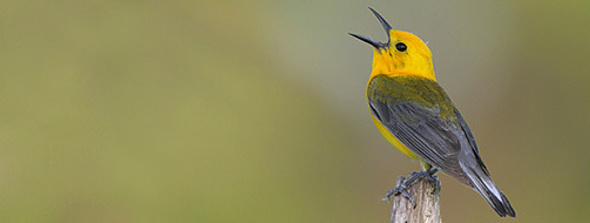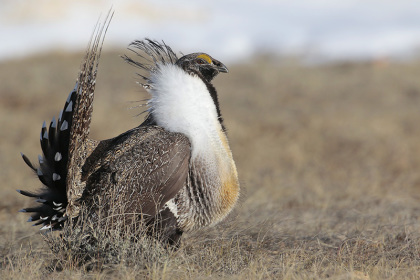General Information
Passports and Visas: For international trips it is often a good idea to make sure your passport is up to date. It is usually a good idea to make sure that your passport will be valid for at least 6 months from the last day of your planned trip. It isn’t a bad idea to check for information on the particular country you are travelling to for the most accurate information. It is also important to determine if a visa is required to enter the country.
Flight Details: It is useful to provide your detailed flight itinerary to the person arranging the trip as early as possible to insure a smooth journey.
Medical Details and Emergency Contacts: If you have any special dietary needs or any medical conditions it is a very good idea to make sure that the trip organizer is aware of them. It is also a good idea to provide any emergency contact information in case any unforeseen accident or illness occurs during the trip. I also suggest making that contact person(s) aware that you will be traveling and furnishing them a copy of the travel itinerary and the contact information of the trip organizer in case you can’t be reached directly in case of emergency.
If you are on any prescription medications it is a good idea to pack these in your carry-on luggage in case your checked baggage doesn’t arrive at the same time that you do. It is also a good idea to bring enough of your prescription medications to hold you over in case your return home is delayed for some reason. It is useful to keep a list of the prescription drugs you are taking in case they need to be obtained during the trip.
It is useful to keep a list of known allergies or medical problems with you in case emergency treatment is necessary during the trip.
I always carry a small supply of analgesic tablets, antacid, anti-diarrhea medication and antihistamine with me. A spare pair of eye-glasses can also come in handy.
Vaccinations: It is a good idea to consult with your physician when preparing to travel to a foreign country to determine if any vaccinations are necessary or recommended for your itinerary. Another good source of information is www.cdc.gov/travel
Camera Equipment Information: In the unlikely event that any of your camera gear is stolen during the trip it is a good idea to keep a list of all your gear along with serial numbers and estimated values if a police report needs to be filed.
Electrical Adapters: Not everyone uses the same type of electrical outlets that we do. Before you depart for your trip it is important to determine if you need an adaptor to plug you equipment in during the trip as well as if you might need a voltage converter.
Cash: Cash can be a really useful thing to have with you and I always recommend that you bring some in case of an emergency. I always bring a few hundred dollars in cash just in case. People in most countries are quite happy to accept US dollars but they don’t always accept just any bill. I try to always carry smaller bills (5’s, 10’s and $20’s). Another annoying thing I have noticed while travelling, especially away from larger cities is that people tend to be picky about the bills they accept. Sure the bills might have come from a reputable bank here in the US but people in a small town in the mountains of Costa Rica probably aren’t going to take your word for it. I try to make sure that my bills are new and crisp. One thing that I have noticed that often causes objections are torn edges. I always try to make sure that the bills I bring are not torn in any way.
Tipping: It is often a nice gesture to provide a tip for the service providers that help make your trip happen. This is always up to your personal discretion. I find a good estimate for local guides and drivers is around $10/day for local guides and around $5/day for drivers.
Trip Insurance: Photography trips are a significant expense and it is worth considering insuring your trip through a company such as Travelex or similar. Refunds from your trip organizer are quite unlikely immediately before the trip or after the trip has started as many of the service providers must be paid before the trip starts and they generally don’t offer refunds of any kind.
Cell Phone: These days almost everyone has a cellular telephone/smart phone. Many participants of trips that I have lead have found that they can purchase an international plan so that they can use their telephones while on the trip. It might be worth asking about such plans with your provider.
Backup equipment: Most of the places visited on bird photography trips don’t have a well stocked camera store near by so it is important to have some backup equipment with you. I always carry two camera bodies when I travel and make sure that I would be happy to use either one of them for the entire trip in case one fails. It isn’t always practical to carry two telephoto lenses but thankfully they are a bit less likely to fail than the camera body.
Photo Backup: I recommend that you have some way of backing up their photos each day so that they have a minimum of two copies of all of their photos. One never knows when a memory card might fail, a hard drive might crash or a computer might get lost of stolen… Doing regular data backup is a great idea. I always bring a small laptop computer with me for the purpose of reviewing my images and most importantly backing them up. With the laptop I bring two portable external hard drives. These drives are a little larger than a deck of cards and are nice and light. At the end of each day I back up my memory card to both of the two drives so that I have multiple copies of my photos. There are few things more frustrating than getting home and discovering that those great photos that you took are all gone because they were on a memory card that failed or a hard drive that crashed.
Tools: A small tool kit is often a very good idea to have handy. I usually bring a small one consisting of a small pair of needle-nosed pliers, a couple of small screw drivers, some allen wrenches, a little bit of tape and whatever else might seem useful. On past trips I have had to tighten small screws in lens mounts, tighten tripod plates and all sorts of other small tasks.
Being prepared: When preparing for a trip I find it useful to review the field guide for the area that I will be visiting in order to get some idea of what birds I might encounter. I usually pick out a few of the possible species to target during the trip. I find this makes the trip more fun and I also tend to be more likely to find my target species if I know what they are and what sort of habitat they prefer.


